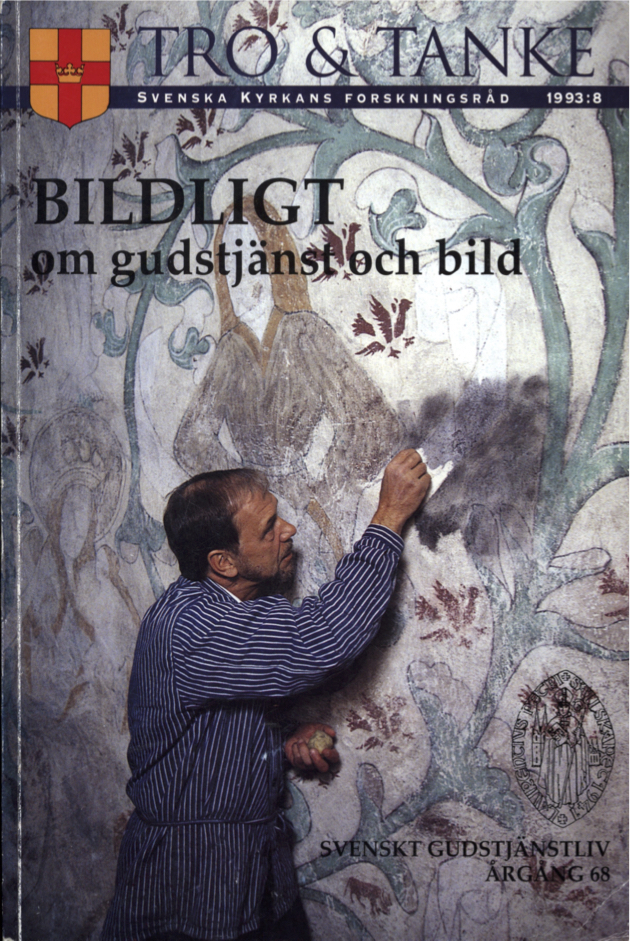Ecce lignum crucis - Se korsets trä
Abstract
Certain religious ceremonies in Sweden during the Middle Ages called for the use of effigies and sculptures as part of the service. Occasions for such ceremonies were, for instance, when a new sculpture was being blessed or when an icon of the Virgin Mary was carried in procession on Marian holidays. The congregation would bow to these effigies, light candles, and kneel in prayer. Reverence to an effigy was most apparent when it depicted the cross. The cross was perceived not merely as a symbol, but rather as a visible reminder of the historic cross on which Christ was put to death.
A tradition of revering the cross on Good Friday began in Jerusalem in the fourth century, spreading from there to the Eastern and Western Church. In Sweden, it was customary within the Good Friday liturgy of the Middle Ages that a crucifix be carried up the nave of the church, un covered and revered by the parishioners who approached, knelt, and kissed it. This tradition coined the phrase "to creep to the cross", since the congregation in certain dioceses would advance the last few meters on their knees in reverence to the cross.
The Swedish reformers were not opposed to the use of effigies and sculptures in churches, on condition that they be used in an appropriate way, preferably for teaching purposes. It was unthinkable, however, that people bow, kneel, or creep before effigies. This was considered idolatry and "obvious paganism". Therefore, all liturgical use of effigies was abolished through the canonical order of 1571, to be confirmed at the synod in Uppsala in 1593. This included the abolition of the adoration of the cross on Good Friday and the cross procession during Rogation Week. The services were simplified and centered upon sermon. Effigies could, nonetheless, be kept within church buildings as a means of illustrating the Christian doctrine.
Bearing this in mind, one might have expected that the proposal at the synod of 1975 to reintroduce a simplified version of the Good Friday cross adoration ceremony would provoke a debate. Such was not, how ever, the case. O n the contrary, the veneration of the cross, with all its inherent drama, was viewed as a way of intensifying the message of Good Friday. No one feared that the cross would be adored in itself. As a result of this, all the parishes within the Church of Sweden have been free to include the veneration of the cross ceremony on Good Friday since 1976. It appears in the service handbook of 1986 as a natural, unquestioned part of the Good Friday liturgy. The minister says the following words before the cross: "Behold the wood of the cross to which the Saviour of the World has been nailed. Come, let us adore".
Downloads
Publicerad
Nummer
Sektion
Licens
© författarna, Laurentius Petri Sällskapet för svenskt gudstjänstliv samt Artos & Norma bokförlag. Det är tillåtet att kopiera och använda material ur Svenskt Gudstjänstliv för forskningsändamål om källan anges. För övriga ändamål kontakta respektive artikelförfattare samt förlaget. Särskilda restriktioner kan gälla för bildmaterial.


